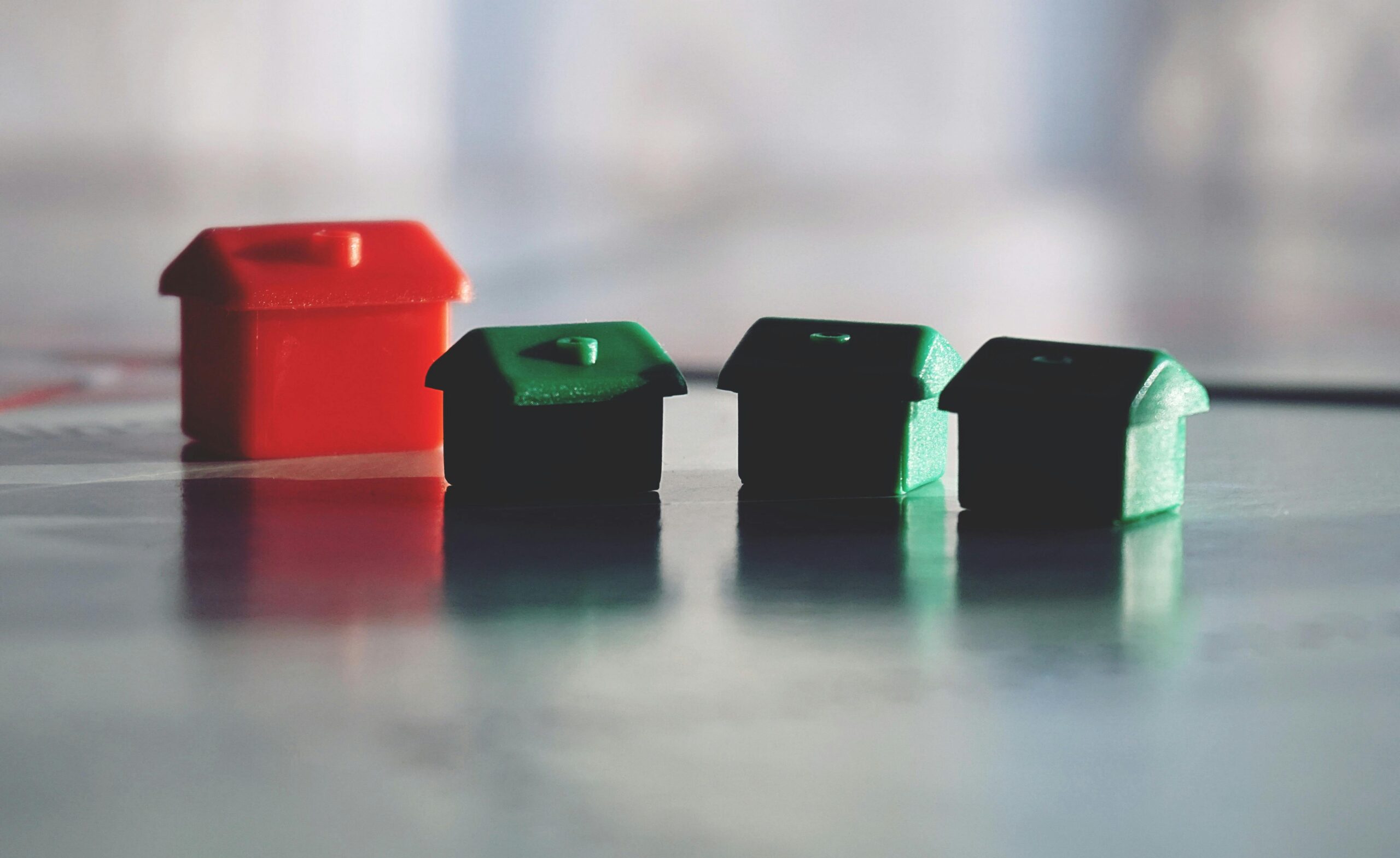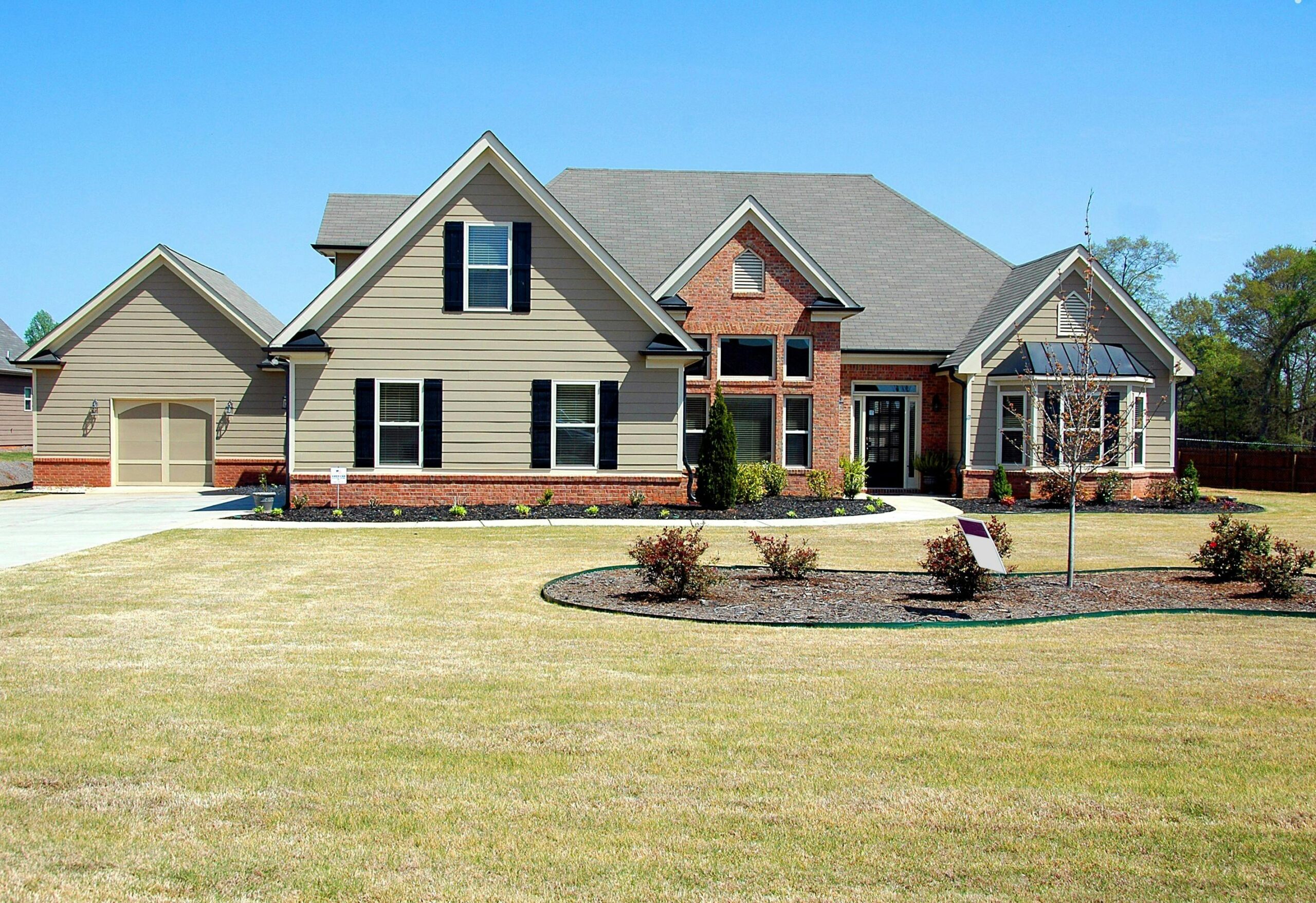
In recent years, a significant shift has taken place in the American housing market. While traditional homeownership remains a cornerstone of the American dream, a new model is rapidly gaining ground, particularly in suburban areas: Build-to-Rent (BTR) communities. These purpose-built, professionally managed rental neighborhoods offer the feel and space of single-family homes with the convenience of renting. As more Americans look for flexible, low-maintenance living options outside urban centers, BTR communities are emerging as a major force reshaping suburban landscapes.
What Are Build-to-Rent Communities?
Build-to-rent communities are residential developments designed specifically for long-term renters rather than homebuyers. These communities typically consist of single-family homes or townhomes with private yards, garages, and shared amenities such as swimming pools, clubhouses, fitness centers, and dog parks. Unlike traditional rental models that repurpose existing homes, BTR properties are designed from the ground up with renters in mind. They are often professionally managed by institutional landlords or real estate investment firms.
The Rise of the BTR Model
The growth of BTR communities began to accelerate in the aftermath of the 2008 housing crisis, as institutional investors began purchasing distressed properties to rent them out. However, rather than relying solely on existing homes, many developers realized the potential in constructing entire neighborhoods tailored for rental.
This model gained even more traction during the COVID-19 pandemic. As remote work allowed people to leave expensive city centers, many sought out larger living spaces in the suburbs without the commitment of buying a home. Millennials, who are now entering their peak household formation years, are especially drawn to BTR communities. Saddled with student loan debt and facing high home prices, many prefer the flexibility and affordability of renting.
According to Yardi Matrix, as of late 2024, there were over 120,000 BTR units under construction or in the planning stages across the United States—a number that continues to grow.
Why Suburbs?
Suburbs offer the perfect environment for BTR developments. Land is cheaper and more abundant compared to urban cores, and the infrastructure is often already in place to support low-density housing. Moreover, the suburban lifestyle—with its emphasis on space, schools, and a quieter environment—aligns well with what many modern renters are looking for.
Families with young children, pet owners, and remote workers are all drawn to the BTR model in the suburbs. They want the space and autonomy of a single-family home without the financial burden of a mortgage, property taxes, and maintenance. Developers are meeting this demand by designing communities that blend the best of both rental convenience and suburban comfort.
Who Is Investing in BTR?
A wide range of investors is jumping on the BTR bandwagon. Institutional players like Blackstone, American Homes 4 Rent, and Lennar have heavily invested in BTR projects. These investors see BTR as a reliable source of recurring income and a hedge against inflation.
Private equity firms and real estate investment trusts (REITs) also view BTR as a promising asset class. The steady demand for rental homes—driven by demographic trends and housing affordability challenges—makes these developments attractive in both strong and uncertain economic conditions.
Even traditional homebuilders are getting involved. Companies like D.R. Horton and Toll Brothers have launched BTR divisions or partnered with rental housing operators to tap into this growing market.
Benefits for Renters
The appeal of BTR communities lies in their unique combination of privacy, space, and amenities. Unlike apartment complexes, BTR homes provide a more residential experience, often with private yards, driveways, and no shared walls. For tenants, this means greater comfort, peace, and autonomy.
Moreover, BTR communities often offer professional management and maintenance services—relieving renters of the burden of lawn care, repairs, and home upkeep. Tenants can enjoy a high-quality lifestyle without worrying about surprise maintenance costs or property taxes.
Lease flexibility is another major advantage. Many BTR operators offer lease terms ranging from 6 to 24 months, which appeals to those unsure about their long-term plans or those relocating for work.
Challenges and Criticisms
Despite their popularity, BTR communities are not without controversy. Some critics argue that the rise of institutionally owned rental housing could drive up prices and reduce the availability of homes for purchase. In markets with limited housing supply, competition between BTR developers and potential homeowners can lead to affordability issues.
There are also concerns about the long-term effects of rental communities on neighborhood stability. Homeownership has long been associated with community involvement, school engagement, and economic mobility. Some fear that the shift toward renting—especially if dominated by large corporate landlords—could undermine these social benefits.
Additionally, local governments sometimes push back against BTR projects, citing zoning restrictions or concerns about neighborhood character. However, as demand for flexible housing options continues to rise, many municipalities are rethinking outdated zoning laws to accommodate BTR developments.
The Future of Build-to-Rent
Build-to-rent is not a passing trend. It reflects deep, lasting shifts in how Americans think about housing. Younger generations are delaying homeownership or opting out altogether. Many value mobility and flexibility over permanence. Others are simply priced out of homeownership in competitive markets.
For developers and investors, the BTR model offers a scalable, profitable alternative to traditional multifamily housing. For renters, it provides a desirable middle ground between apartment living and homeownership.
As suburban areas continue to expand and evolve, BTR communities will likely play a central role in meeting the country’s diverse housing needs. Innovations in design, sustainability, and community planning will only enhance their appeal.

Conclusion
Build-to-rent communities are redefining suburban living. They offer an attractive alternative for renters seeking space, privacy, and convenience without the long-term commitment of owning a home. As affordability challenges persist and lifestyles evolve, BTR communities are poised to become a permanent fixture in the American housing landscape.
Whether you’re a family looking for more room, a remote worker seeking a quiet environment, or an investor searching for the next big opportunity, Build-to-Rent may be the future you’ve been waiting for.





